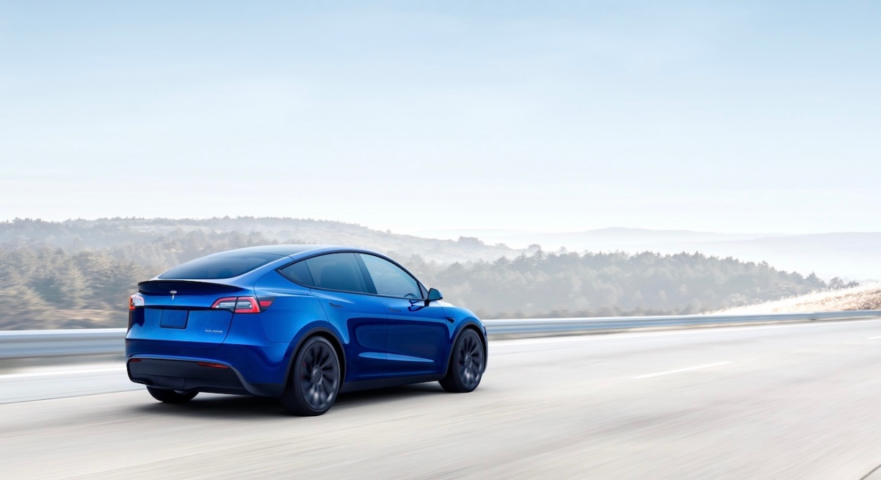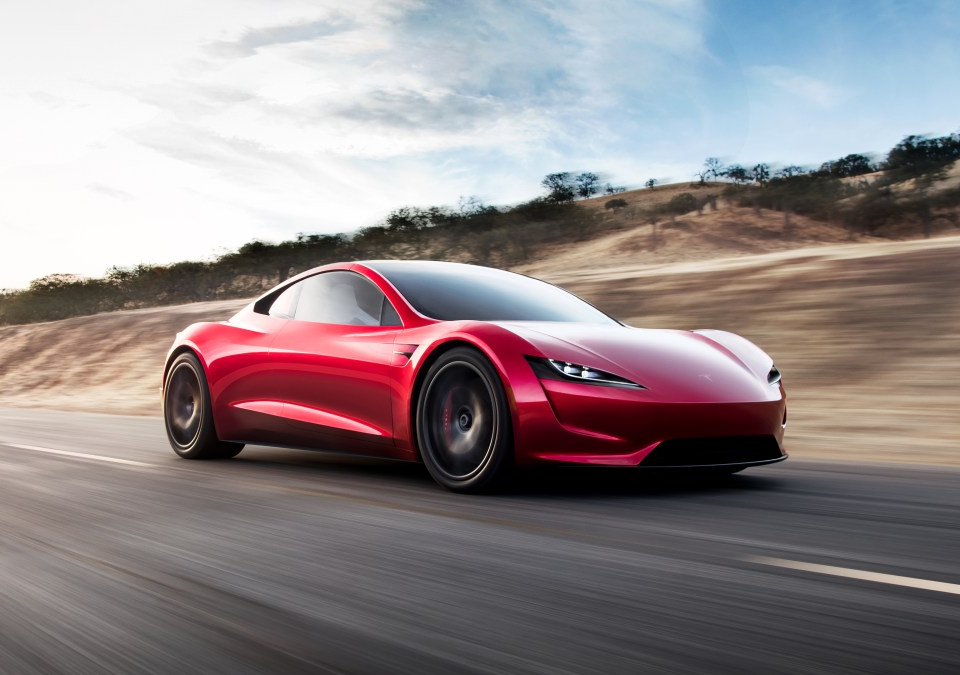Ford lifts the hood on its EV business, Turo updates its IPO filing and Waymo releases a safety case for AVs
March 29, 2023
Tesla Q1 deliveries beat expectations as China helps boost sales
April 4, 2023
Thanks to three vulnerabilities chained together, malicious hackers could remotely hack into a Tesla, turn off the lights, honk the horn, open the trunk, activate the windshield wipers and mess with the infotainment system, according to security researchers.
The researchers, who work for security firm Synacktiv, found the vulnerabilities and showcased them at the Pwn2Own conference in Vancouver last week. The worst-case scenario allowed by these vulnerabilities, at least as far as the researchers know, is to mess with a driver with some annoying, and potentially disruptive tactics. The good news, at least according to what Tesla told the researchers, is that they couldn’t have turned on and off the car, or steered the wheel.
Though, according to Eloi Benoist-Vanderbeken, one of the researchers, perhaps it would have been possible.
“[Tesla] said we wouldn’t be able to turn the steering wheel, accelerate or brake. But from our understanding of the car architecture we are not sure that this is correct, but we don’t have proof of it,” he said, because they don’t have full access to a Tesla at the moment.
But they look forward to fact-checking the company’s statements as soon as they get their own Tesla.
Tesla did not respond to a request for comment.
The first vulnerability was exploitable via Bluetooth, the second one allowed the researchers to elevate their privileges and become root — cybersecurity lingo for the highest level of system access — giving them free rein to execute code in the infotainment system; the last one gave them control of the security gateway, a component that sends some commands to the car.
The researchers highlighted that despite these vulnerabilities, Tesla is doing a good job making the car hard to hack, implementing a mature system of sandboxes, which isolates components and makes it harder to get higher privileges by just hacking into one of them.
“It’s not at the point of a modern browser running on an iPhone or an Android, but it’s not that far from it,” Vincent Dehors said in an interview. “Tesla cars are really well connected to the internet, so they need to take care of security because they are likely to be targeted more than other cars.”
The researchers said that Tesla is working on making patches for these vulnerabilities and the updates should be pushed to cars soon.
Do you have information about Tesla’s cybersecurity? We’d love to hear from you. From a non-work device, you can contact Lorenzo Franceschi-Bicchierai securely on Signal at +1 917 257 1382, or via Wickr, Telegram and Wire @lorenzofb, or email [email protected]. You can also contact TechCrunch via SecureDrop.



